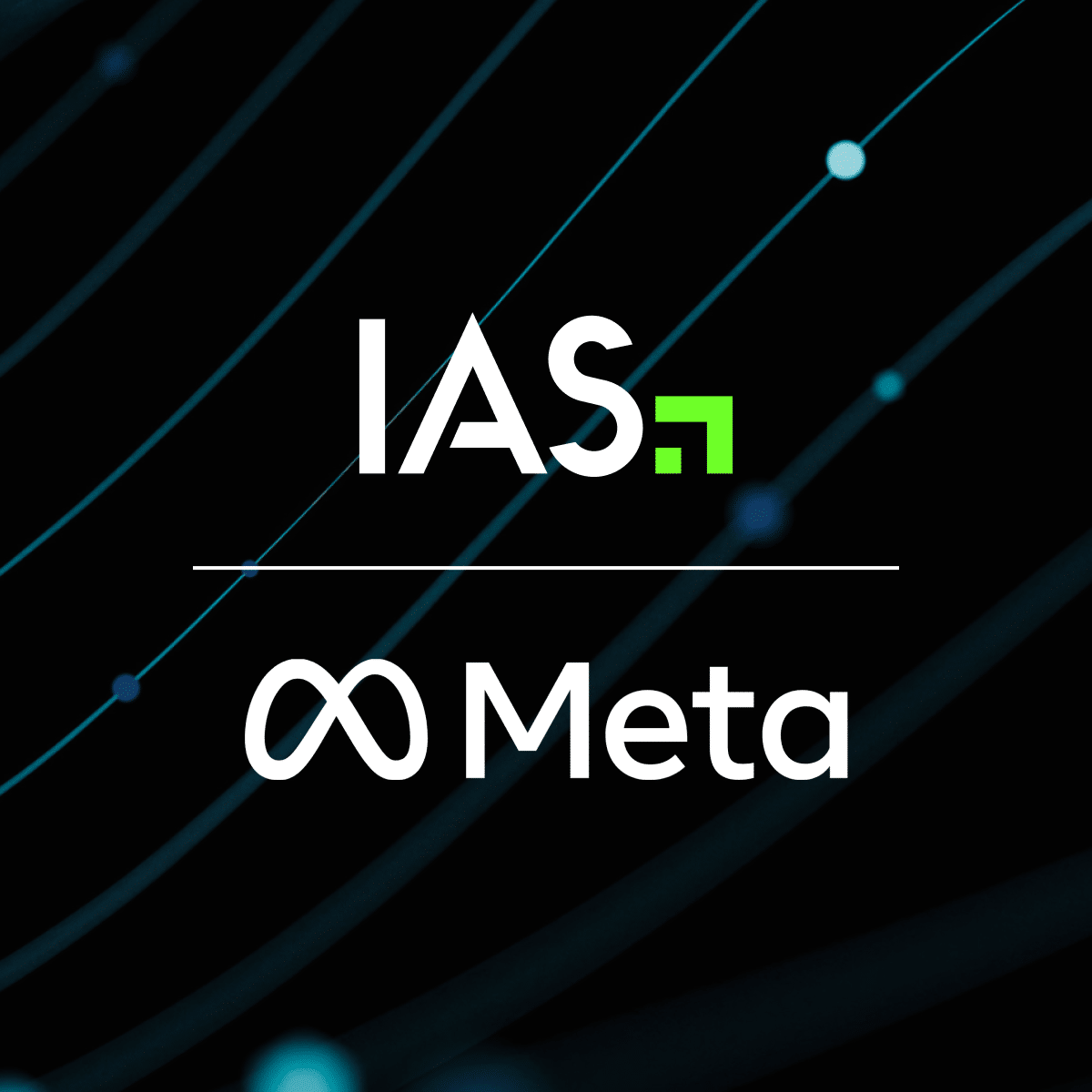IAS gathers campaign data to deep-dive into brand risk during the holidays
It’s official — holiday shopping has gone digital. As IAS observed prior to last year’s holiday season, more than three-quarters of consumers were planning to do most or all of their holiday shopping online. More online shoppers during the holiday season means more opportunities to advertise promotions and deals online, but increased digital advertising opportunities can also lead to higher chances of brand risk.
Brand risk rose during the 2022 holiday season
Consumers have preferences for the ads they see during the holiday season. In fact, 52% of holiday shoppers find ads more helpful on safe and reputable sites, and nearly half prefer when ads are relevant to the surrounding content.
While brand safety measurement is crucial for verifying that ads are in safe and suitable environments, brand risk can still lurk. In an observational study conducted by IAS, we saw that brand risk violations soared this time last year, peaking on October 3 at 7.9% — nearly two times higher than the H2 2022 benchmark.
Narrowing in on consumer packaged goods (CPG) campaigns, brand risk also soared leading up to last year’s holiday season. Brand risk for CPG brands reached a high of 5.6% on November 29, 2022 — 77% higher than the benchmark in the back half of the year.
Contextual segments can prevent brand risk
Contextual failures (impressions that fail for brand safety by context) can tell us a bit about why brand risk might have spiked at a given time. Looking at Q4 2022, “death, injury, or military conflict” was the top contextual fail reason, accounting for 36% of contextual brand risk fails during Q4 2022, followed by “sensitive social issues” and “negative corporate news.”
We can’t control what’s in the news. But we can control where brands show up.
Marketers can utilize contextual segments to avoid risk during the holiday season when their brand is more exposed than ever. Looking at data from 2022, Black Friday content soared during the holiday, representing 1.2% of all ad-served content at its peak. With this massive surge in content, marketers might consider targeting impressions about Black Friday shopping — in fact, IAS saw an 89% decrease in contextual brand risk for impressions placed alongside holiday-related contextual segments last year.
More specifically, a CPG brand might want to serve impressions alongside content about holiday food during this time of year. When looking at the contextual segment “sweet snacks,” IAS saw that content about sweet snacks was popular during the 2022 holiday season, spiking up to represent 0.8% of all ad-served content three days before Thanksgiving and up to 1.0% three days prior to Christmas.
Contextual segments, like “Black Friday,” “sweet snacks,” or other topic or vertical-related subjects, help marketers control where their brand is seen, which can be especially crucial during the holidays or times of uncertainty.
How IAS Can Help
Brand risk is hard to predict. It can fluctuate and fall onto brands when they’re least expecting it. To ensure brand safety, it’s critical for any campaign that marketers preemptively enact brand safety and suitability tools that amplify their brand where consumers are looking, while also showing up in safe environments.
The good news? IAS offers Context Control Targeting segments to help advertisers target relevant content based on verticals, holidays, seasonal events, and more. Our Context Control segments are designed to avoid negative or unsafe content while targeting brand suitable contexts at scale.
This holiday season, don’t let your brand get caught in the wrong environments. IAS is here to help you protect your brand while driving superior results across formats and channels.
Download the Brand Safety & Context Control During The Holiday Shopping Season study for more.
 Share on LinkedIn
Share on LinkedIn Share on X
Share on X

